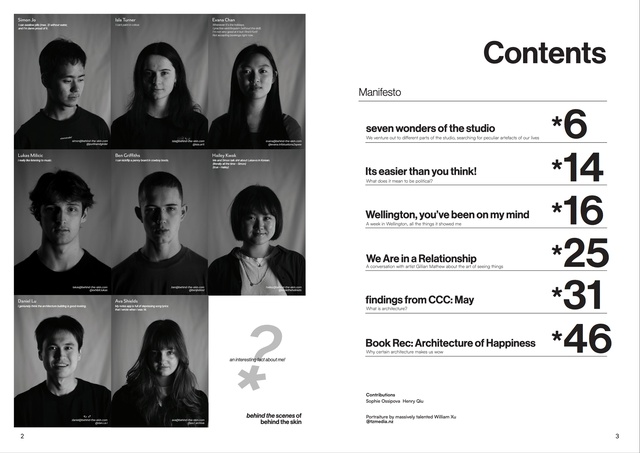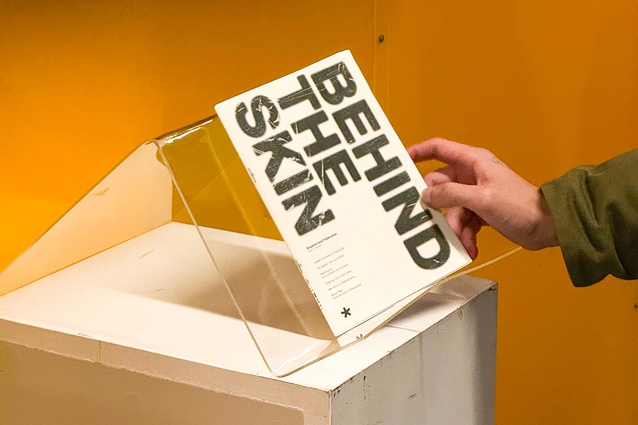What’s behind your skin?
Sahil Tiku shares his thoughts on the debut issue of new student-led publication from Te Pare School of Architecture and Planning in Auckland, behind the skin.
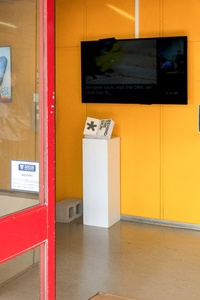
About a fortnight ago, a mystery page appeared on Instagram with one post: a bold asterisk, captioned “6th of August. Get ready for it.” Filtering through the tight-knit world of Auckland’s online architectural scene, the team behind it managed to generate enough hype that all copies of the mystery publication (placed unassumingly on a self-fabricated plinth at the School’s main entrance) were gone within hours on the day it dropped. I have seen it on studio desks, academic’s offices, and once (already!) – in a High St café.
Architects-in-training at Te Pare have never been shy of engaging in discourse. Throughout history, the independent magazine has been the student’s tool. A 1946 issue of Planning, published by the Architectural Group, sparked a revolution that led to the death of Beaux-Arts at Te Pare, and from 1952–1970, ArchSoc (the Architectural Students’ Society) published It, a newsletter that celebrated and critiqued various happenings of the post-war years.
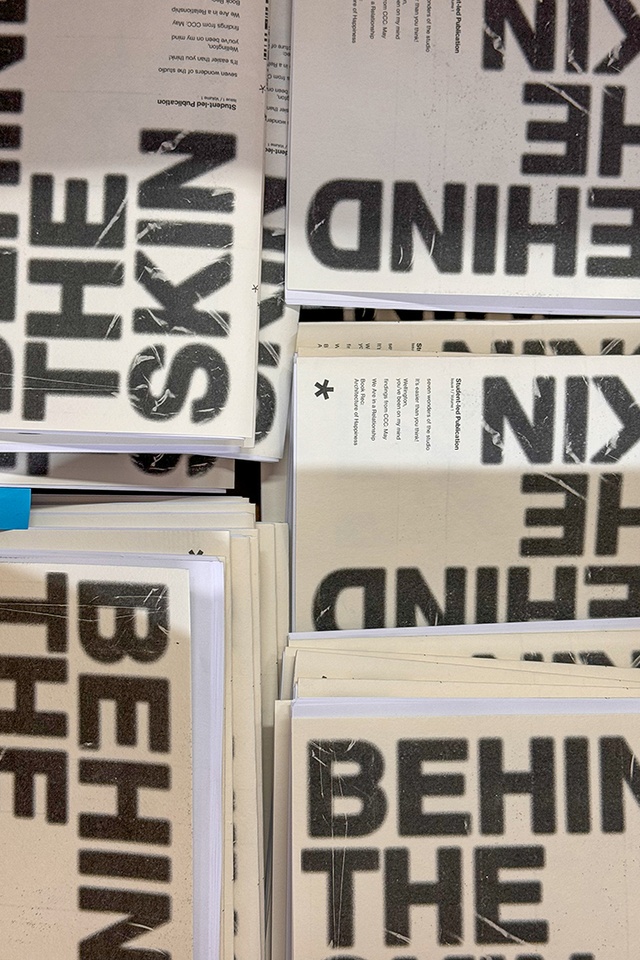
Moreishly written with all the innocence of the young architect, behind the skin is assembled by current undergrads from Te Pare and looks to join the ranks of the student publication. This kind of chatter is positive — in my opinion, an architecture school where students aren’t chattering is one that is doing something wrong. The publication’s arrival heralds a school on the comeback: grappling with a return to ‘normality’ after the lockdown years (with none of the undergraduate cohort experiencing a lockdown at university — how long ago was that now?).
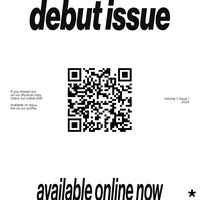
Within the first few pages, we are presented with the editorial + writing team, arranged in an austere black and white grid — though some whimsical biographies cut through the face-value ostentatiousness. This isn’t a haughty coffee table book filled with esoteric folly; it’s a collage of real people, with real thoughts. There’s potential here, a manifesto adorns the first pages and promises to flatten hierarchies, share learnings, contextualise a place within pedagogy, to collaborate, to share, to critique, to be opinionated. The kids are certainly alright!
The first issue is tentative: articles like ‘Seven wonders of the studio’ and ‘What is Architecture?’ collectively document early processes of architectural self-actualisation (stumbling across a few adjacent disciplines on the way).
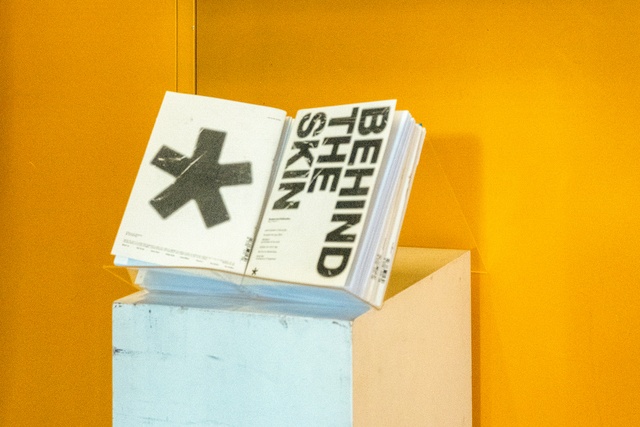
As expected from an architectural publication, the text is swathed in a spread of experimental graphics. Hints of political discourse appear in ‘It’s easier than you think!’, where Evana Chan reminds us all that being apolitical is in itself political, and that as manipulators of space (and inevitable creators of hierarchy), our work has a rippling effect. To say more, however, would be to spoil your lunchtime reading.
I am a firm believer in writing as an architectural medium. It is a vehicle for analysis, critique, discovery, self-development, understanding… the list continues ad infinitum. To the students starting this journey, to discover their voice and sense of self, I can only say salut!
Issue 1 / Volume 1 is available online at issuu.com/behindtheskin follow _behindtheskin for updates.
